Farrukh-Travels-In-Search-of-the-Tartar-Muslims-of-Poland.jpg" alt="The mosque in Bohoniki " width="322" height="242" /> The mosque in Bohoniki
Highlighting Muslim Minorities
by farrukh-travels-in-search-of-the-tartar-muslims-of-poland.html#authordes">Farrukh I. Younus
This is one article from a series of travel stories in which we follow Farrukh Younus as he travels around the globe. Farrukh is a young British Muslim from a Pakistani background who has to travel a great deal in his work. In this series, Farrukh shares his adventures, cultural observations, and spiritual contemplations in his search for that which we share and that which is unique to each place and community.
It was 8:45 a.m. and I had been awake since 5:30. This was my last day in Poland and I wanted to make it a special one. Having read a few accounts of the Muslim heritage in Poland that dated as far back as the 14th century CE, I took it upon myself to investigate this phenomenon further.
Also Read: Be Careful of the Trap of Deploying Peacekeeping Forces to Gaza
An online article informed me about two of the older mosques in the eastern provinces of Poland. Being unfamiliar with both the country and the language, I hoped that if I managed to find a train to the nearby city of Bialostocka, I’d be able to find public transport to either Bohoniki or Kruszyniany where the mosques are located.
Having hired a taxi for the day (Poland is significantly cheaper than the United Kingdom!), I was presented with two drivers I could choose from: one whose English was good, but had little knowledge of eastern Poland; the other whose English didn’t stretch beyond “this is” and “that is,” but was considerably more experienced in that region. I chose the second one.
The Muslim Tartars have been in Poland for centuries and there are an estimated 4,000 residing in the country today, occupying a handful of towns. There are of course immigrant communities in Poland as well, but they are not the ones whose history I am tracing today.
In the 14th century, the Tartar Muslims took up residence in what is now Poland, under the rule of Grand Duke Witold. They enlisted into the military service and defended the land against the Swedes, the Russians, and even against other invading Tartars, whom they viewed as their enemies and not as their brothers. By the 16th century, the Tartar Muslims had lost their mother tongue and had, instead, adopted one of the Slovakian dialects.
Also Read: The Forty-Four-Days of Glory: Azerbaijan’s Struggle for Justice and Peace
In the second republic of Poland, between 1919 and 1939, the Polish Tartar Muslims had 19 religious communities with mosques and cemeteries, all of which were managed by a mufti who resided in Vilnius. In 1939, the Polish Tartar Muslims joined the army to fight against the Germans and Russians. After the Second World War, many of the Tartar communities were annexed to the Soviet Union.
Today there are six main Muslim communities in Poland, three of which are pre-war communities: Warsaw, Bohonikim, and Kruszyniany. The post-war communities are in Bialostocka, Gdansk, and Gorzow Wielkopolski.
With approximately 1,800 people, Bialostocka is home to nearly half of the 4,000 Tartar Muslims estimated to live in Poland today.
The mosques in the settlements of Bohoniki and Kruszyniany were built over 300 years ago when King Jan III Sobieski gave land to the Muslim Tartar officers and soldiers of the Tartarian Company in exchange for back pay.
Also Read: Palestine Solidarity Month: A Collective Movement for Al-Aqsa and Palestine’s Freedom
In search for a mosque
Arriving in Bohoniki, I experienced at least 30 minutes of confusion as the taxi driver asked locals for directions to the mosque. I had surely expected the only mosque in the area to be better known. Imagine my surprise to find that Bohoniki is no more than a small hamlet at the end of a paved road. It has a cobbled main street with homes on either side and the mosque is located in the “center of town.”
My timing was perfect as it was Friday and time for the Friday Prayer. I was expecting to find a small congregation gathering at the mosque, but instead I found one of the gates to the mosque locked and while the main gate was open, the front door to the mosque was also locked. In a town like Bohoniki, with what looked like a population of around 50, I wondered about the reason for this level of security.

Tartar
guide" width="271" height="362" /> Inside the mosque of Bohoniki with the author’s friendly Tartar guideAfter I took some photos, the driver in a gesture of compassion, indicated with hand signals that he would approach the nearby houses to find someone, anyone. A few moments later, a large, Polish, Tartar-looking lady with a huge smile and dressed in three-quarter length jeans and a hat emerged from a nearby home.
Also Read: Hassan al-Turabi: A Controversial Thinker from Sudan
The driver informed her that I was a visiting “American” (must have been my accent), and that I spoke no Polish. She was kind enough to open the mosque for me, while at the same time, a Polish couple who had strayed into the village thought to go inside and take a look as well.
While unlocking the door, the lovely middle aged lady decided that her dress wasn’t quite appropriate and donned a jilbab (long Arab-style coat) and one of those awful head scarves that are widely available in Poland and notoriously famous, but lack the sense of design or pride I would wish any Muslim girl to associate with. As she progressed to giving us a brief introduction of the history of the mosque and the Muslims in Poland, I looked around.
The building itself was quite small. To the front, in the qiblah was a small window in the direction of Makkah. The walls were made of timber, which to me would have looked more like a Swedish sauna were it not for the ambience created by photos of Makkah, paintings of the Qur’an, and Qur’anic words and phrases framed on the walls.
The floor was generously covered with a collection of carpets and prayer mats, all of which looked aged. It looked as if the entire building was in need of renovation, though I wondered whether there would be any real benefit as on a Friday, at the time of congregational prayer, this middle aged lady and I seemed to be the only Muslims in sight. Perhaps I got the time wrong!
Also Read: Who Exactly is the RSF Group Shaking Sudan?
The back room of the building housed a bench and chair, with a selection of texts on Islam in Polish, as well as postcards of which I only managed to pick up a few. The front room was more or less divided into two sections, with the rear half consisting partly of an overhanging balcony accessed by a narrow staircase. Presumably, as with most mosque styles, this is where the women would pray.
The 19th century mosque had a cozy atmosphere and whilst I didn’t understand a word the lady spoke, the fact that she took the time to explain to the other tourists the history of the Muslims in Poland, followed by a short introduction to Islam, suggests to me that while we couldn’t communicate in this life, she will undoubtedly be one of the people of Paradise, by the Mercy of God. When we meet in the next life we can giggle about the only words we understood when we met briefly in Bohoniki, the as-salamu `alaykum quickly graced by `alaykum as-salam wa rahmatullah as I left the building for the next leg of my journey.
Driving through the rural hamlets, I felt almost as if I was driving in rural Alabama. Fields filled with crops and long windy single-lane roads. We hurled past the hamlets at a speed, which would undoubtedly have drawn the attention of the local police were it not for the fact that they seemed to be on a doughnut break. In most countries, this would be considered dangerous driving; in Poland, it seemed to be the norm.
New Friends in Kruszyniany
Also Read: The Two-State Solution (Palestine–Israel) in Historical Perspective
Approaching Kruszyniany, I was again expecting a small city, only to find a small town with a single road going through it. Thankfully, however, the road was paved. The 18th century mosque is preceded by a large courtyard and, like the Bohoniki mosque, is located alongside farmland. To the rear, however, was a large cemetery with grave stones dating as far back as the early 18th century.
I had arrived just after a small group of tourists and we were greeted by a friendly looking man who, of course, didn’t speak a word of English, but between his few words of Arabic and mine, we managed to communicate some thoughts.
While I was pointing at myself, in a vain attempt to introduce myself saying, “Farouk, my name is Far-rouk,” he replied with a smile so radiant, so bright, that he could have lit up a very dark night. He in turn pointed to himself saying, “Hajji! Hajji!” Sure enough, sign language had failed, but a moment later he presented a couple of photos: one of him in Makkah, and one of him in Madinah. It was a wonderful experience, knowing that neither of us spoke the other’s language, yet becoming friends almost instantly.
There is some great heritage to be found at Kruszyniany mosque and the local community is proud of its history. Hajji showed me a Qur’an dating from the 18th century and which had been kept in his family, passed on from generation to generation. His daughter Ania, aged 15, and his nephew Tamara, aged 13, became my guides for the next 20 minutes. Pleased to see a non-Polish person and eager to practice their schoolbook English, they first became intrigued by my camera then thought to take me on a tour of the cemetery.
Also Read: Enchanted by K-Dramas, Dragged into Slander: Time for Muslims to Rise!
After the tour, Hajji invited me and the driver for lunch. However, as I had only 4 hours to return to Warsaw and catch my flight, we had to decline.
As we left Kruszyniany mosque, Ania and Tamara waved goodbye and Hajji beamed happily, as we drove off at great speed.
On the last stretch to Warsaw, a mighty thunderstorm struck. The rumbles were nearly deafening, and raindrops the size of grapes fell down. Winds blowing branches off the trees assaulted us. Along with everyone else, we pulled up by the side of the road and waited for what seemed like an eternity before the weather calmed down. The delay meant that I arrived back at the hotel late and made it to the airport with just 5 minutes to spare.
As I write this account, sitting at 35,000 feet, I praise Allah, Exalted be He, the Most High, for allowing me to catch the flight.
Also Read: Creating Opportunity and Avoiding Misery; Lesson Learn on Waste Recycling Issue
It is true to me, at least, that when Allah the Almighty wishes for something to be, it is: the patterned clouds as I glare out of my window seat, the wisdom in the design of means of transportation, the comforting diversity and beauty of the people of the world, the commonality that we all share; everything in life really is a blessing from Allah the Almighty—and I ask that Allah never deny me the understanding which I have gained today, but rather help me improve this understanding.
The more I travel and see this world, finding Muslim communities in places I never expected to find them, the more I realize that while we as individuals may be quite insignificant in the grand scheme of things, we as a human race, together, have the potential through our actions, and intentions to reflect the beauty of the One Who created us. (T/P007/P3)
Mi’raj Islamic News Agency (MINA)
Source: http://www.onislam.net/english/culture-and-entertainment/travels-a-adventures/419626-farrukh-travels-in-search-of-the-tartar-muslims-of-poland.html
Also Read: Between the Treaty of Hudaybiyyah and Ceasefire in Gaza
Also Read: Peace Cannot Be Achieved Without a Palestinian State





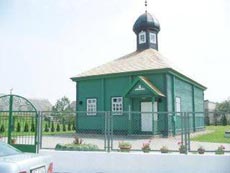


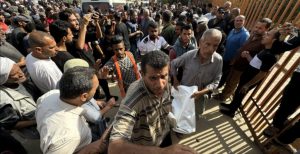
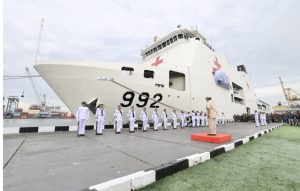
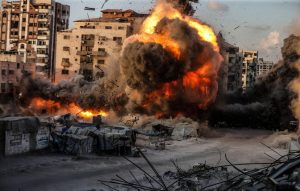
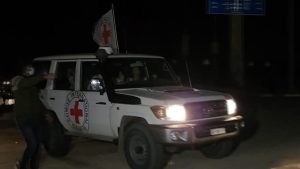
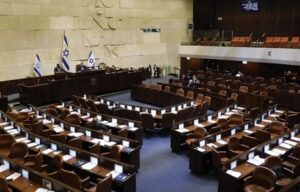
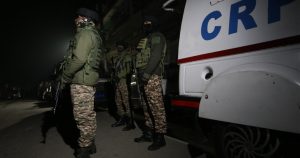
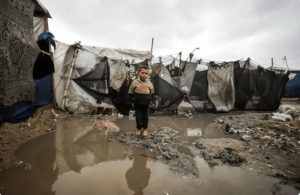
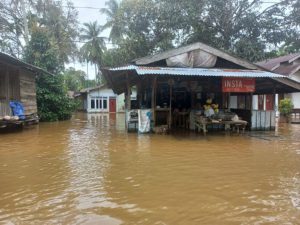
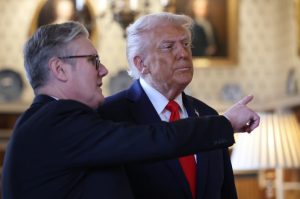
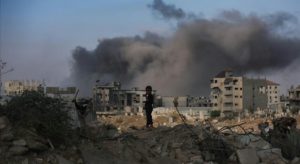
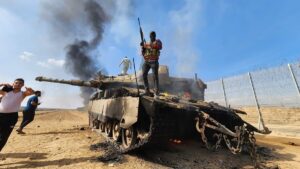
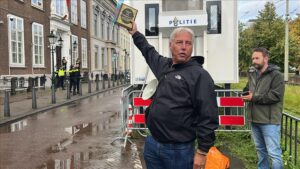
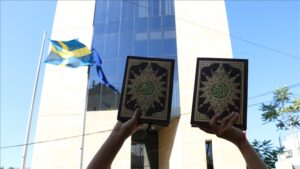




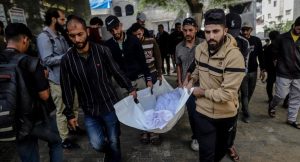
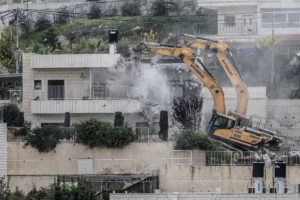



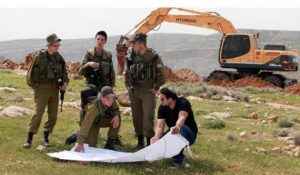
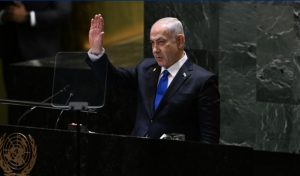

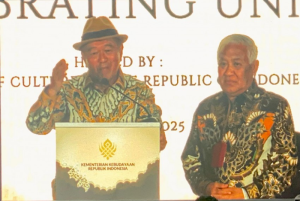



 Mina Indonesia
Mina Indonesia Mina Arabic
Mina Arabic